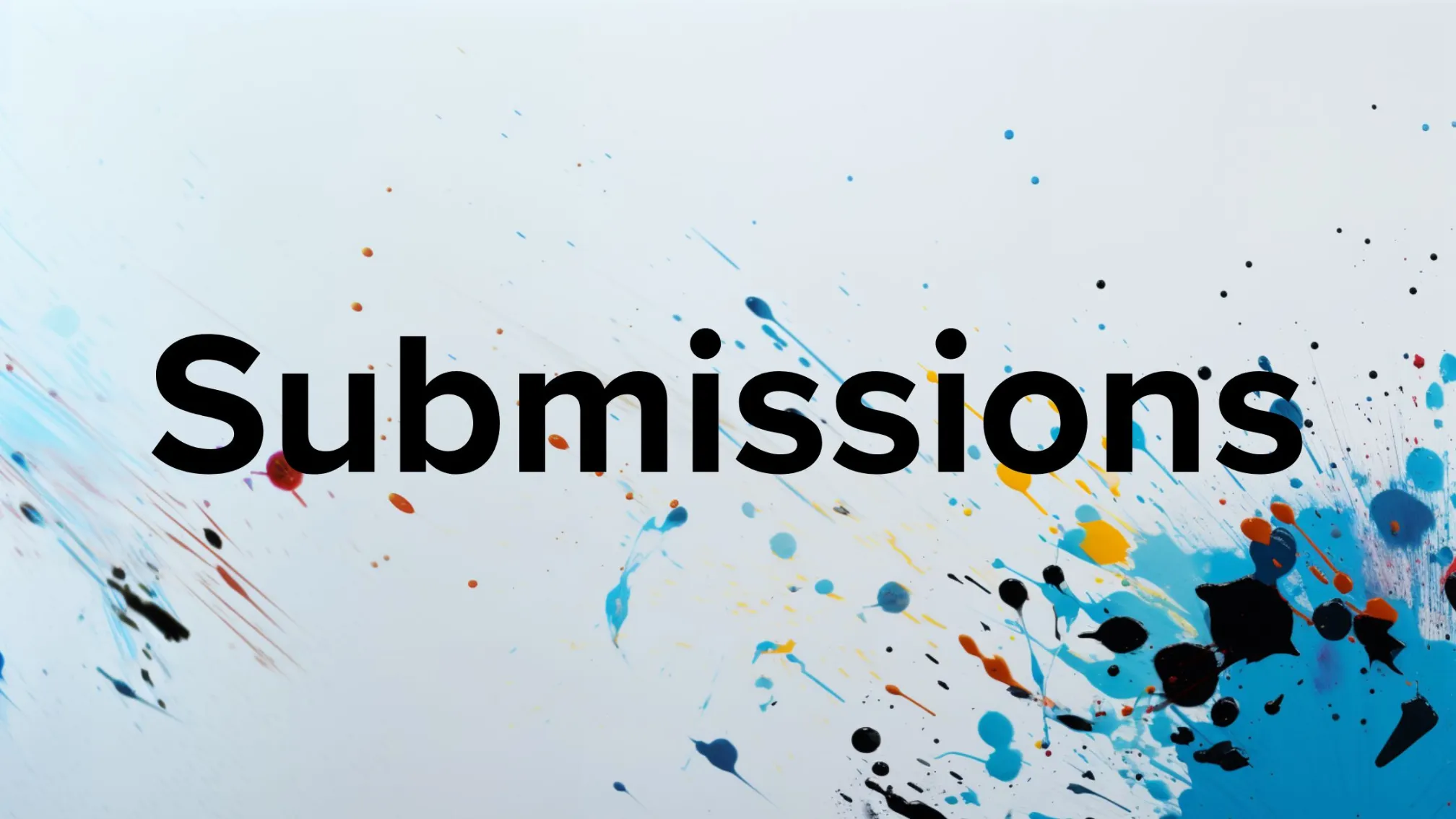What is Binding Hook?
Binding Hook is a media organisation that aims to provide a European perspective to digital technology and security. Although we centre the conversation on Europe, we hope to contribute to debates by giving voice to perspectives from all over the globe.
To reach a wide international readership, Binding Hook publishes in UK English. We encourage non-native English writers to send us their pitches. If you have something to say, we will help you say it.
We adopt an authoritative but friendly tone in our writing style. Our aim is to produce content that is easy to read, but also provides insights that our readers will find useful.
Who can write for Binding Hook?
We publish articles from academics, usually in universities or comparable research positions, writing about their particular area of expertise. We also publish pieces from practitioners working in the technology industry or relevant organisations.
How do I write for Binding Hook?
We are looking for short pieces of between 900-1,200 words. Our articles take three forms:
Binding Edge
The Binding Edge aims to publish articles that shed light on current issues, using insights from your own research and others’. Make sure there is a central argument running through the piece. It helps to write a sentence outlining the argument in the beginning.
Hooked on Trends
With this type of piece, we aim to publish trends that are happening in the digital world – major undercurrents that will push players in certain ways. For example, perhaps chip shortages are on the horizon or cybercrime is surging in a particular manner.
Book Binder
This is the area where we engage with books. We publish reviews of individual and multiple books. Authors are also invited to summarise their findings or share updates since publication.
How to pitch
If you would like to publish an article with us, please send us a query first. This should be no more than three short paragraphs, which should include:
- three-four sentences outlining the topic you propose to write about;
- the key point(s) you are going to make;
- why the topic is important (for example, how will it change public perceptions?); and
- your qualifications for writing about it.
If you have a manuscript ready, please do send it in, BUT also include an outline of it as above.
Decisions are made by a board of editors. Send your pitch to the editorial team at pitch@bindinghook.com.
Please allow 5 days for a response. Each submission must include your name and email address.
Guidelines for submissions
Use either plain text or Microsoft Word formats.
Ensure you have thoroughly fact-checked your content and can provide the necessary documentation to support your piece.
Disclose any potential conflict of interest when you send your pitch.
Use bolded subheads as section titles of no more than three words (capitalise only the first word).
Craft clear, concise sentences, avoiding the passive voice and parentheses.
Steer clear of academic jargon. When necessary, explain concepts in a concise manner, assuming readers might not be familiar.
Assume readers may not know the context, so provide intuitive explanations.
Keep paragraphs short, around 2-3 sentences. Longer paragraphs do not read well online.
Wrap up with a one-sentence bio including your preferred name, title, and institution. Embed your website link in your name.
Do not use footnotes, endnotes or bibliographies for your references. If you want to refer to another source, embed a hyperlink in a word or a short string of active words (3-5 words) (Ctrl+K on a PC,Cmd+K on a Mac).
For the research you’re referencing, aim for publicly available or ungated versions on scholarly journal websites. If you’re focusing on a particular article, note that some journals may ungate research if you request it.
Writing guidance
Your audience isn’t your fellow professionals; think of it as undergraduates intrigued by security and technology but lacking deep familiarity with the subject. Keep background information to a minimum. Offer what’s necessary for reader comprehension and emphasise your point’s importance. For more comprehensive guidance, read through our article on turning your research into an op-ed.
Start with a short introduction explaining the issue. Not everyone will know the details, so frame the story to show how the research is relevant. Should your analysis be linked to a specific event, commence this paragraph with a succinct one-sentence portrayal of the event and its timing.
Wrap up this intro by stating your main argument or explanation in a single sentence— this is the takeaway you want readers to remember. This sentence should also intrigue people to read on.
In the main body of the article, delve into the evidence backing your argument, its context, and the implications. Keep in mind that, you’re speaking to an informed public, not fellow researchers, so the language you use needs to reflect that. To wrap up, consider discussing the broader implications of the findings.

